What to plaster the walls in the bathroom under the tiles
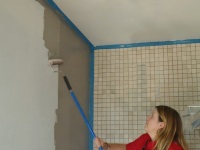
When independently performing repairs, homeowners not infrequently wonder whether it is necessary to plaster the walls before laying tiles. Every master will answer that this procedure is extremely necessary, because. with its help you can carefully prepare the walls for further finishing. If this is not done, then laying tiles will be impossible because of uneven surfaces and poor adhesion.
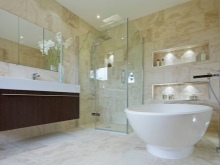
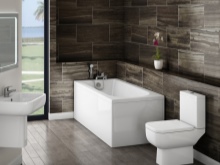
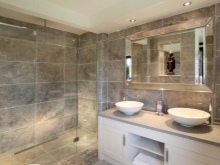
Types of plasters
Sanitizing
Since tiles are mainly laid in rooms with high humidity, such as bathroom, toilet or kitchen, then the plaster should be chosen with appropriate characteristics. Such mortars are called sanitizing, because they perform not only the function of traditional plaster, but also provide waterproofing. To give the necessary properties, special additives and plasticizers are added to the mixes.
Sanitary plaster has high strength, is easy to apply, hardens quickly and does not form cracks on its surface.
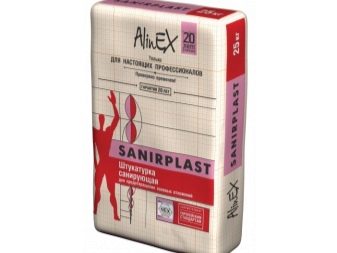
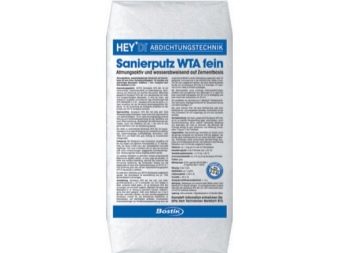
In addition, the finishing material has other advantages:
- It protects the room from moisture and salts that can penetrate from the foundation or bearing walls;
- prevents the formation of efflorescence on the walls;
- has good vapor permeability properties;
- resistance to sulfates;
- eco-friendliness.
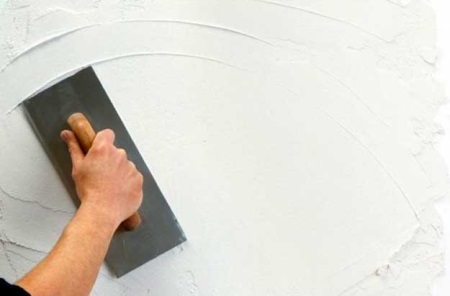
According to the type of plaster under the tiles are divided into cement and gypsum. Each type of material has its own advantages and disadvantages, so you can decide on the choice only after familiarizing yourself with them.
On a cement base
Cement-based mixtures are the most common type of finishing material, which can be used in rooms with high humidity. The mortar consists of cement, sand and plasticizers. It can be prepared independently, or you can buy a dry mixture, which should only be diluted with water in accordance with the instructions. It should be borne in mind that only an experienced craftsman, who knows the requirements for plaster regarding its composition, consistency and properties, can make the mortar by himself.

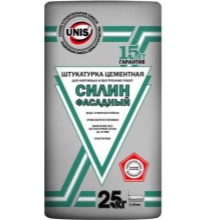
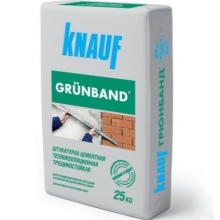
For independent preparation of the mixture, cement of grade M400 is used, as. it has a high strength. Sand for plaster should be purified and not too fine, otherwise cracks will form on the surface after the mortar dries. The presence of excessively large fractions is also not desirable, because such a solution will acquire a porous structure. As plasticizers to the mixture, PVA glue or washing powder is added.
Cement plaster is well suited for finishing walls under the tiles in rooms with high humidity and frequent temperature fluctuations. With its help, you can eliminate surface irregularities, and provide a solid base for tiles. In addition to the advantages, the material also has disadvantages. For example, it takes a long time for the complete drying of the mortar, which contributes to prolonged repair. In addition, cracks can appear on the plastered surface.
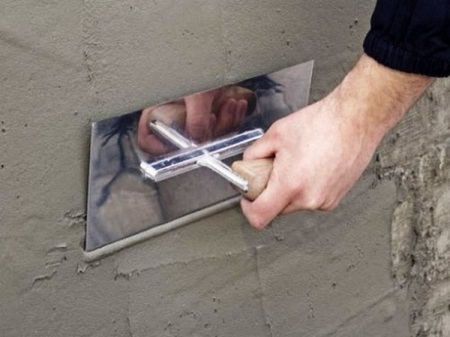
Gypsum
For finishing walls in the bathroom, plaster on a gypsum base is used very rarely, as it is capable of absorbing moisture. It should be noted that there are special compositions on sale, which can be used in rooms with high humidity, but in addition it is recommended to perform waterproofing of the walls. The reasons why consumers give preference to gypsum plaster under tile, lie in its easy use and quick drying. Thus, the duration of the entire repair is reduced to a few days.
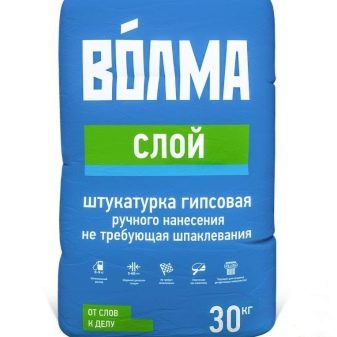
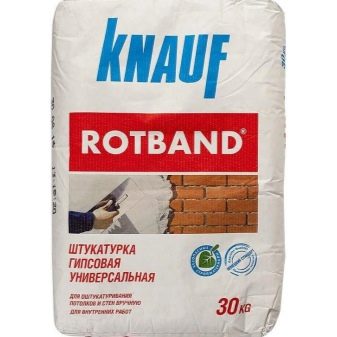
When working with a plaster-based solution, it is necessary to observe several rules:
- prepare the mixture in small portions, so that it is used up within 20 minutes;
- the plaster layer should not exceed 2 cm;
- the treated surface is primed with a water-repellent composition;
- plastered walls must be handled delicately because their surface can be damaged by a minor impact or strong pressure.
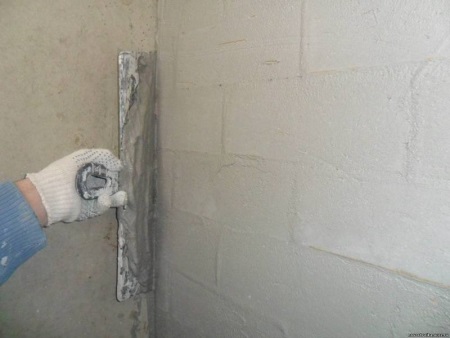
Quite often novice masters wonder if it is possible to glue tiles to gypsum plaster. The answer is definitely positive, but the walls must be treated with a waterproofing composition.
Plastering technology
The plastering process begins with the preparation of the walls. First of all, the old finish is removed, and it is recommended to perform scraping up to the base. Then the cleaned surface is primed. Since the tiles are glued on flat walls, it is necessary to determine their curvature by means of a level, and then place the screeds.
Solution for plastering is applied in 3 layers:
- Starting coat. It is also known as "spraying". The walls are wet with water, using a sprayer or brush. Then liquid mortar, using a trowel, is poured on a wet surface with a layer of 5 mm, but if the base is wood, then the thickness of the layer should be at least 9 mm. Leveling the starter layer is not necessary.
- Roughing. Thicker plaster is applied to the starter coat with a rough thickness of 5 mm. The rough surface is smoothed with a trowel in any direction.
- Finish. The last layer of plaster is the thinnest - only 2 mm. It is applied after the rough coat is completely dry, with the surface slightly moistened with water. The plaster during application is smoothed with a trowel, holding it at an angle of 20о. Before the mortar hardens, the treated surface is passed in a circular motion counterclockwise with a special grater. When the walls are completely dry, you can proceed to tiling.
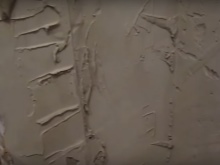
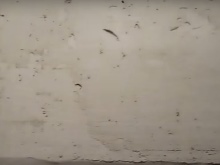
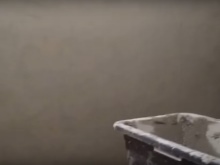
Is it possible to plaster with glue?
Tile adhesive comes in a huge variety, and some of its types have the same properties as plaster, so it is not surprising that people wonder if it is possible to perform plastering of the walls with such a composition. Experienced masters argue that this procedure is quite possible, but it is necessary to choose the right mixture and prepare the base surface, otherwise the finish will be fragile.
Tile adhesive comes in the form of dry mixes and ready-made solutions. The first type includes compositions based on sand, cement and plasticizers. To prepare them, you need to dilute the mixture with water. Ready-made mortars contain polymers, which provide them with additional strength, so to glue the tiles, it is enough to apply the material in a thin layer. Despite the advantages of polymer composition, it is absolutely not suitable for plastering, but a dry mixture is quite suitable.

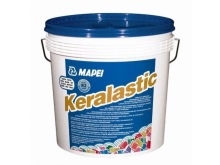
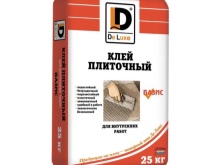
Dry glue mixes have a number of positive properties that allow them to be used instead of traditional plaster:
- increased plasticity;
- higher adhesion;
- resistance to moisture and cold;
- fast hardening.
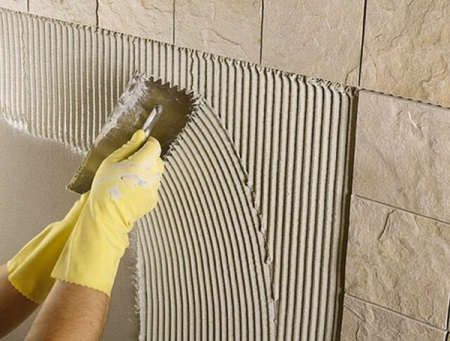
It is important to remember that tile adhesive can be applied only a thin layer, otherwise there may be problems with the treated surface. If there are irregularities on the walls that exceed 3 cm, it is better to putty them in advance. When preparing the mortar, you need to pay attention to its fatness, i.e. if the mixture is very sticky to the trowel, it means that the index is high. In this case, you need to add sand to the mixture.
The process of plastering with glue
Before applying the glue, the walls must be prepared. They are cleaned of old finish and various contaminants, then inspect the surface for flaking or crumbling areas. Damaged areas should be cleaned and putty. In conclusion, a primer in 2 layers is applied to the walls, which will create protection against harmful microorganisms, and increase adhesion.
To create a level surface, it is necessary to set beacons, using a level and plumb. After that, you can proceed to the direct application of the adhesive composition. For the first layer, use a mixture of a sour cream consistency, and, with the help of a trowel, carefully work it into the walls, filling all the cracks. The mortar dries within a day, after which you can continue plastering.
For the second layer a thicker mixture is used. As a rule, at this stage the necessary thickness of the plastered surface is achieved, so in the end the walls are smoothed, using a rule, and then form the corners with a special trowel. After the adhesive composition dries completely, you can proceed to tiling the walls.
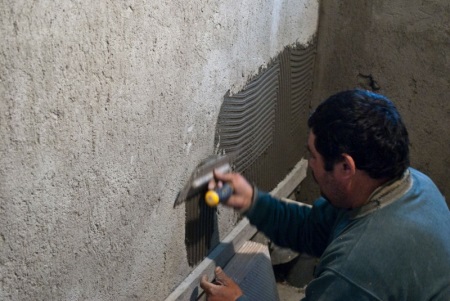
To plaster the walls was the highest quality, it is necessary not only to choose the right material and apply it correctly, but also to prepare it correctly. Therefore, when performing repair work, it is important to study the manufacturer's recommendations, which are usually indicated on the packages of materials.

You can watch the process of plastering walls in the following video.




